wikiHow is a “wiki,” similar to Wikipedia, which means that many of our articles are co-written by multiple authors. To create this article, 18 people, some anonymous, worked to edit and improve it over time.
This article has been viewed 608,397 times.
Learn more...
If you're screening for a disease or specific characteristic in a group of people, it's important to know the sensitivity, specificity, positive predictive value, and negative predictive value so you know how useful your test is.[1] We'll help you learn how to calculate these values to ensure your results are as accurate as possible.
Steps
Calculator
Doing Your Own Calculation
-
1Define a population to sample, e.g. 1000 patients in a clinic.
-
2Advertisement
-
3Have a well-established gold standard test to determine the prevalence of disease or characteristic, e.g. darkfield microscopic documentation of the presence of the Treponema pallidum bacteria from scrapes off a syphilitic sore, in collaboration with clinical findings. Use the gold standard test to determine who has the character and who does not.[3] For illustration, let us say 100 people have it and 900 do not.
-
4Have a test that you are interested in determining its sensitivity, specificity, positive predictive value, and negative predictive value for this population, and run this test on everyone within the chosen population sample. For example, let this test be a rapid plasma reagin (RPR) test to screen for syphilis. Use it to test the 1000 people in the sample.[4]
-
5For people that have the characteristic (as determined by the gold standard), record the number of people who tested positive and the number of people who tested negative. Do the same for people that do not have the characteristic (as determined by the gold standard).[5] You will end up with four numbers. People with the characteristic AND tested positive are the true positives (TP). People with the characteristic AND tested negative are the false negatives (FN). People without the characteristic AND tested positive are the false positives (FP). People without the characteristic AND tested negative are the true negatives (TN)[6] For example, let us suppose you did the RPR test on the 1000 patients. Among the 100 patients with syphilis, 95 of them tested positive, and 5 tested negative. Among the 900 patients without syphilis, 90 tested positive, and 810 tested negative. In this case, TP=95, FN=5, FP=90, and TN=810.
-
6To calculate the sensitivity, divide TP by (TP+FN). In the case above, that would be 95/(95+5)= 95%. The sensitivity tells us how likely the test is to come back positive in someone who has the characteristic.[7] Among all people that have the characteristic, what proportion will test positive? 95% sensitivity is pretty good.
-
7To calculate the specificity, divide TN by (FP+TN). In the case above, that would be 810/(90+810)= 90%.[8] The specificity tells us how likely the test is to come back negative in someone who does not have the characteristic. Among all people without the characteristic, what proportion will test negative? 90% of specificity is pretty good.
-
8To calculate the positive predictive value (PPV), divide TP by (TP+FP). In the case above, that would be 95/(95+90)= 51.4%. The positive predictive value tells us how likely someone is to have the characteristic if the test is positive.[9] Among all people that test positive, what proportion truly has the characteristic? 51.4% PPV means that if you test positive, you have a 51.4% chance of actually having the disease.
-
9To calculate the negative predictive value (NPV), divide TN by (TN+FN). In the case above, that would be 810/(810+5)= 99.4%. The negative predictive value tells us how likely someone is to not have the characteristic if the test is negative.[10] Among all people that test negative, what proportion truly does not have the characteristic? 99.4% NPV means that if you test negative, you have a 99.4% chance of not having a disease.
Community Q&A
-
QuestionDo I need a random sample to calculate positive predictive value?
 Community AnswerNo, you can still calculate knowing which group received which treatment.
Community AnswerNo, you can still calculate knowing which group received which treatment. -
QuestionHow is sensitivity related to positive predictive value by formula?
 Community AnswerLighting, sound, smell, aroma, etc. would need further information to create a formula based on what it is you want to achieve.
Community AnswerLighting, sound, smell, aroma, etc. would need further information to create a formula based on what it is you want to achieve.
Warnings
- It is easy to make careless mistakes in calculation. Check your math carefully. Drawing out a 2x2 table will help.⧼thumbs_response⧽
References
- ↑ https://www.ncbi.nlm.nih.gov/pmc/articles/PMC8156826/
- ↑ https://www.ncbi.nlm.nih.gov/books/NBK430867/
- ↑ https://www.ncbi.nlm.nih.gov/pmc/articles/PMC2636062/
- ↑ https://www.ncbi.nlm.nih.gov/books/NBK430867/
- ↑ https://online.stat.psu.edu/stat507/lesson/10/10.3
- ↑ https://www.ncbi.nlm.nih.gov/pmc/articles/PMC2636062/
- ↑ https://sphweb.bumc.bu.edu/otlt/mph-modules/ep/ep713_screening/ep713_screening5.html
- ↑ https://sphweb.bumc.bu.edu/otlt/mph-modules/ep/ep713_screening/ep713_screening5.html
- ↑ https://sphweb.bumc.bu.edu/otlt/mph-modules/ep/ep713_screening/ep713_screening5.html
About This Article
If you’re conducting a test administered to a given population, you’ll need to work out the sensitivity, specificity, positive predictive value, and negative predictive value to work out how useful the test it. To calculate the sensitivity, add the true positives to the false negatives, then divide the result by the true positives. To calculate the specificity, add the false positives to the true negatives, then divide the result by the true negatives. For the positive predictive value, add the true positives to the false positives, then divide the result by the true positives. For the negative predictive value, add the true negatives to the false negatives, then divide the result by the true negatives. For more tips, including how to understand the terminology used in population tests, read on!


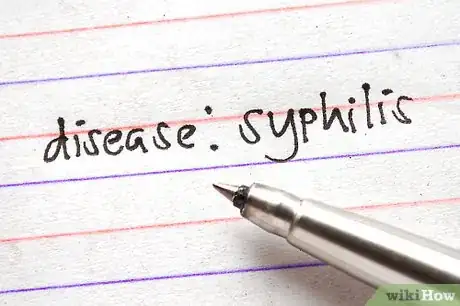


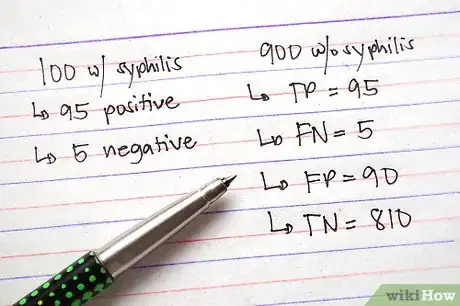






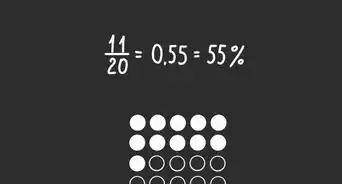





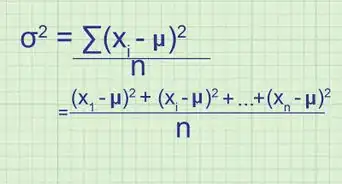

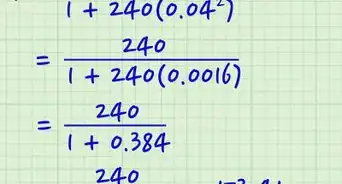
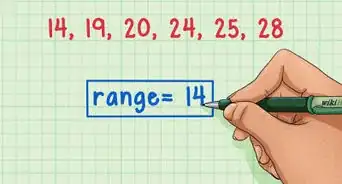















































Medical Disclaimer
The content of this article is not intended to be a substitute for professional medical advice, examination, diagnosis, or treatment. You should always contact your doctor or other qualified healthcare professional before starting, changing, or stopping any kind of health treatment.
Read More...